Recently we came across casement window hinges which caused the majority of problems with the windows. Timber frame to which the hinges were attached, almost fully decayed. The owner of the property could not open most of the upper floor windows. It was a rear occasion where a flawed design caused the rot.
Exterior window hinges considerably reduce a window maintenance cycle.
This happens because more cold and heat is transferred into the wooden frames with screws and the hinge plates. Metal has higher thermal conductivity than wood. The process of temperature deviations in one material through another is also known as thermal bridge.
Because of the thermal bridge, a corner of a bottom timber rail where a hinge plate attaches to a casement will be the first place for paintwork to crack and let moisture in.
Moisture will create a perfect condition for rust and rot to develop quickly.
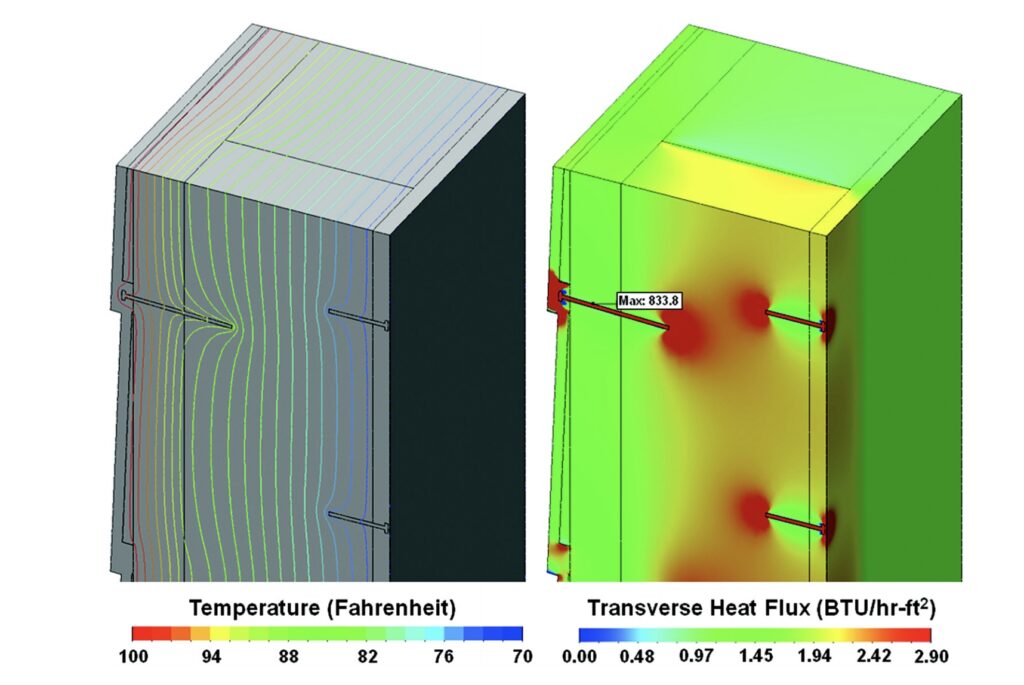
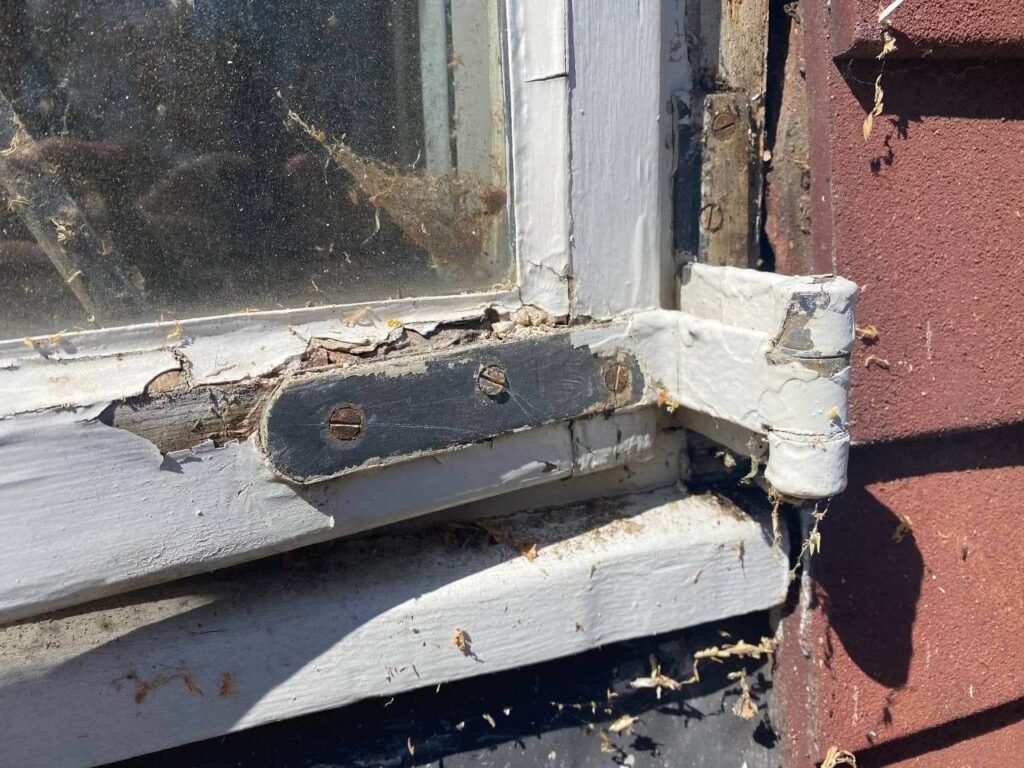
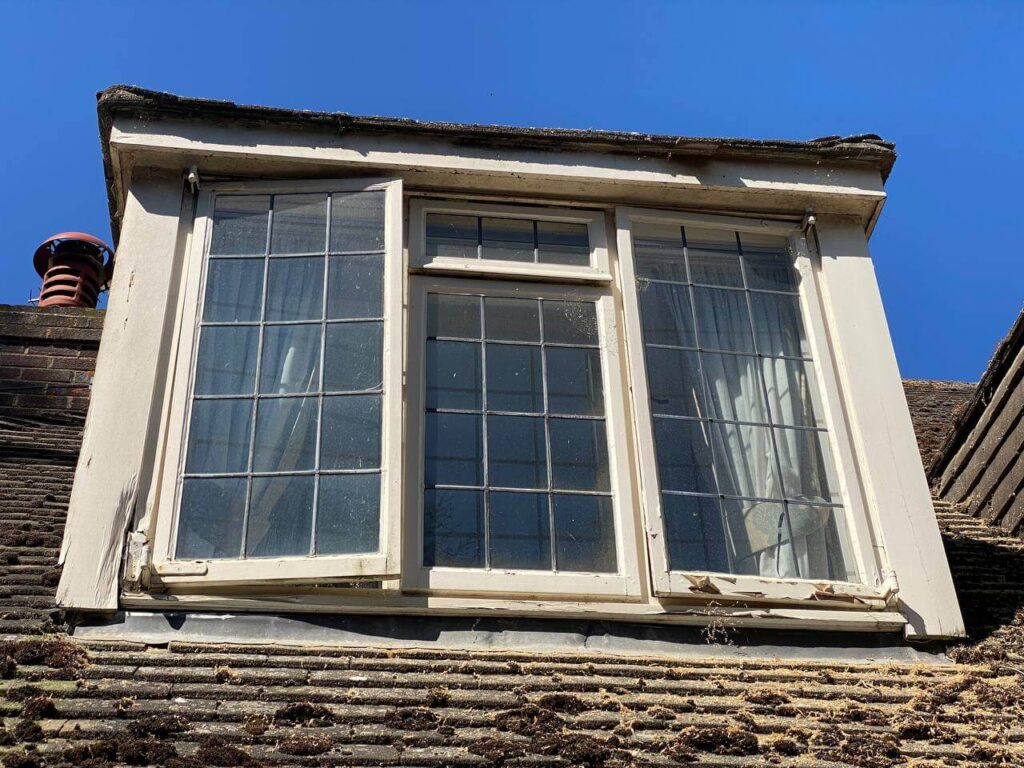
The pin of the hinge around which the casement is pivoting is located 7 centimetres away from the place where the hinge is attached to the window frame and casement. This creates an approximately 14 centimetres lever arm, increasing pressure on all joints when you open the window and slowly breaking the timber frame and letting more moisture in.
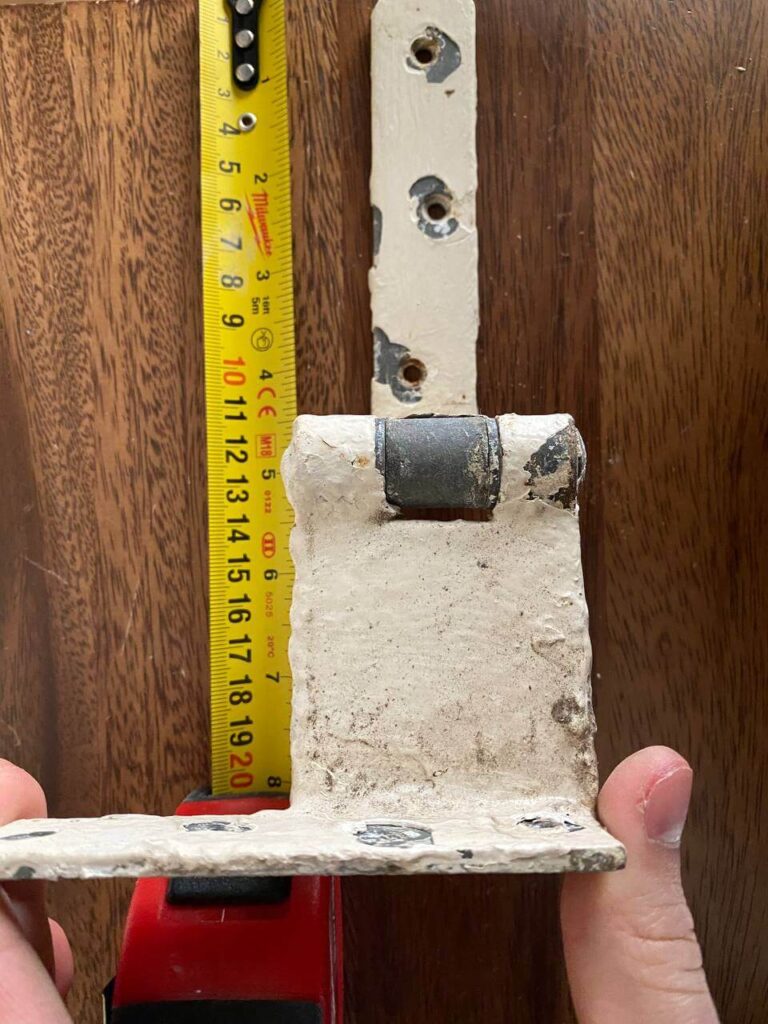
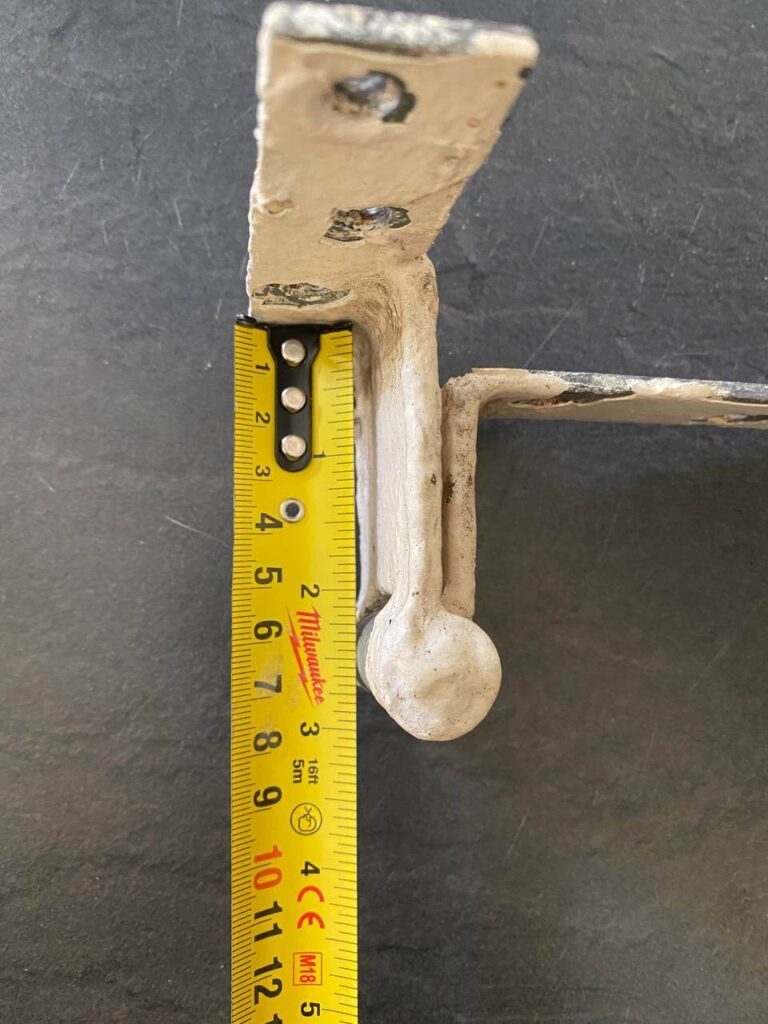
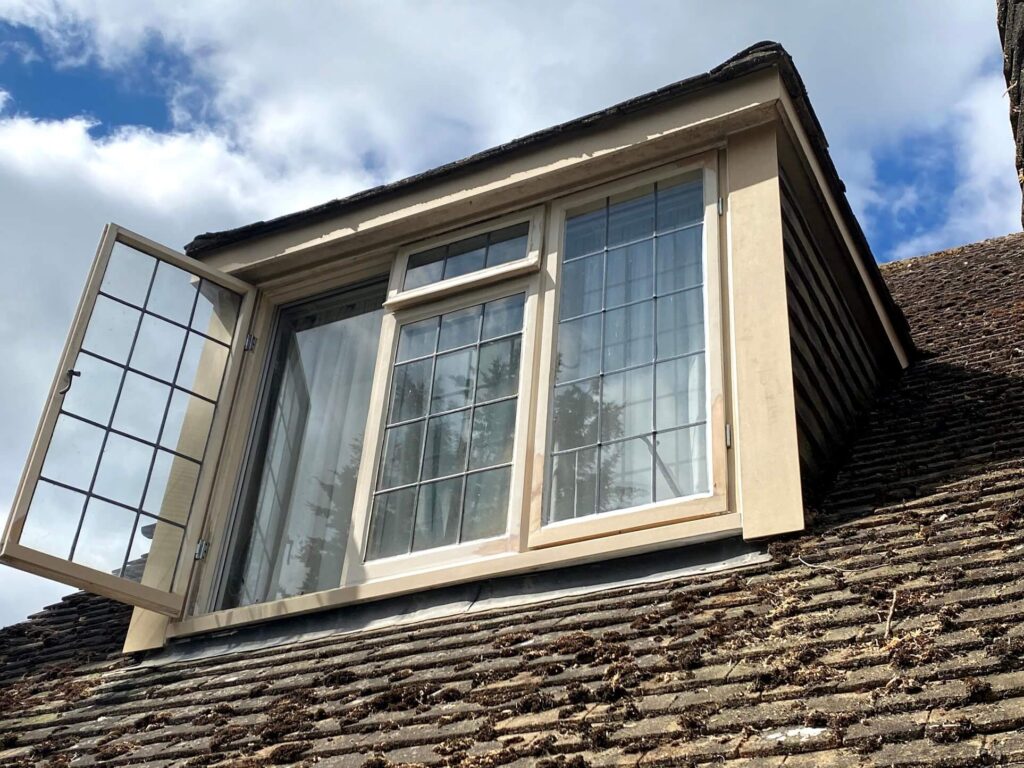

Use a Stanley knife or scraper to scrape off the paint. If you want to make it spotless, use some fine-grit sponge abrasive.
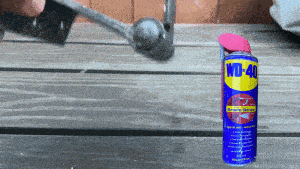
Spray some WD-40 onto the pin. Now bend two moving parts of the hinge from fully closed to fully open until all bits of paint and rust are removed.
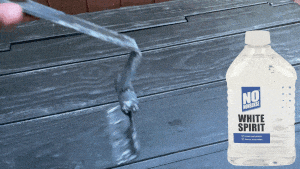
Remove excess WD-40 and rust with white spirit before painting. This prevents stains from coming through after painting. If you have leftovers of white spirit, you can read here on how to dispose of it.